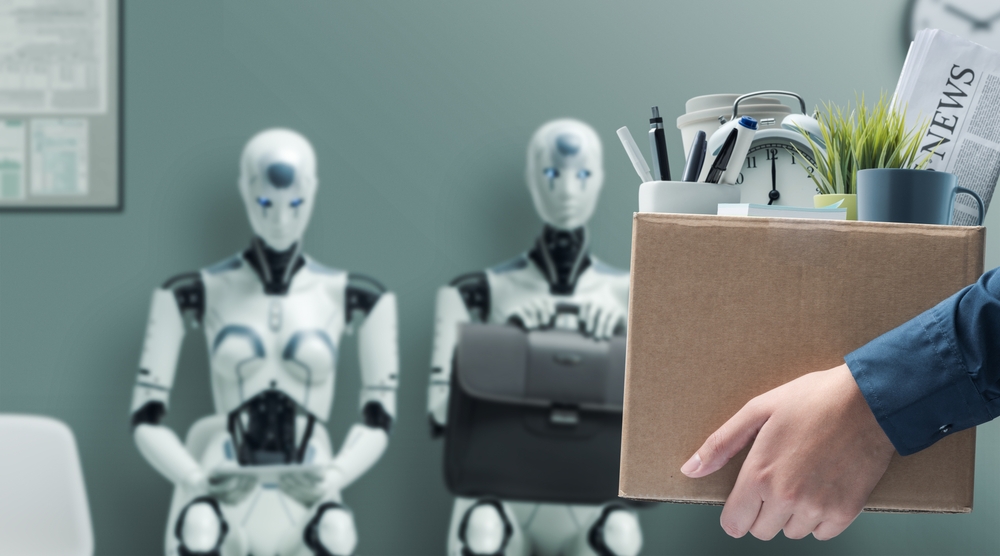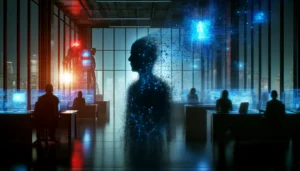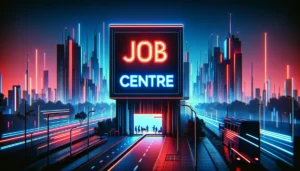Is AI really on the brink of replacing human jobs? If yes, then to what extent?
The research, conducted by MIT’s Computer Science and Artificial Intelligence Laboratory, explores the potential of AI to take our jobs, focusing on computer vision (CV), a branch of AI concerned with processing and analyzing visual data.
The study assessed AI’s ability to perform tasks and scrutinized the economic feasibility of replacing human labor in various sectors. It’s not undergone peer review yet but is available here.
A key finding is that while AI is capable of automating tasks that constitute 1.6% of US worker wages (excluding agriculture), it’s only economically viable to replace approximately 23% of these wages with AI. This accounts for just 0.4% of the total US economy.
So, while AI can replace jobs, it’s not guaranteed to be cheaper or more effective.
The authors of the study state, “Overall, our findings suggest that AI job displacement will be substantial, but also gradual—and therefore there is room for [government] policy and retraining to mitigate unemployment impacts.”
The researchers further project that only 3% of “vision-assisted” tasks can be automated cost-effectively today, but this could rise to 40% by 2030 if data costs decrease and accuracy improves.
It highlights areas like retail, transportation, warehousing, and healthcare as sectors where computer vision AI is most economically viable.
Several studies into AI job replacements, most recently from the IMF, suggested up to some 40% of jobs worldwide could be disrupted.
Comparing CV AI with language models
The MIT research primarily examines computer vision AI and doesn’t uncover insights into more flexible AI systems like OpenAI’s GPT-4.
While the study estimates a more conservative impact of AI on jobs, OpenAI’s research last year suggested a broader influence, with 19% of US workers potentially seeing significant changes in their workplace tasks due to advancements in AI like GPT-4.
The cost of customizing AI systems for specific tasks is a significant barrier to job displacement, as noted in the study.
Customization is economically feasible for large companies but often not for smaller businesses, which might find retaining skilled human workers more cost-effective.
In contrast, fine-tuning language models like GPT-4 for specific tasks could be simpler and less expensive, indicating a potential for wider adoption in various economic sectors.
Neil Thompson, the study’s lead author, commented to TIME, “It is certainly plausible that customizing large language models may be easier than customizing computer vision systems and that this could lead to more adoption in the economy.”
There is another layer to this, as AI is resource-intensive, too. OpenAI CEO Sam Altman recently said the technology couldn’t easily progress without a ‘breakthrough’ in energy production.





